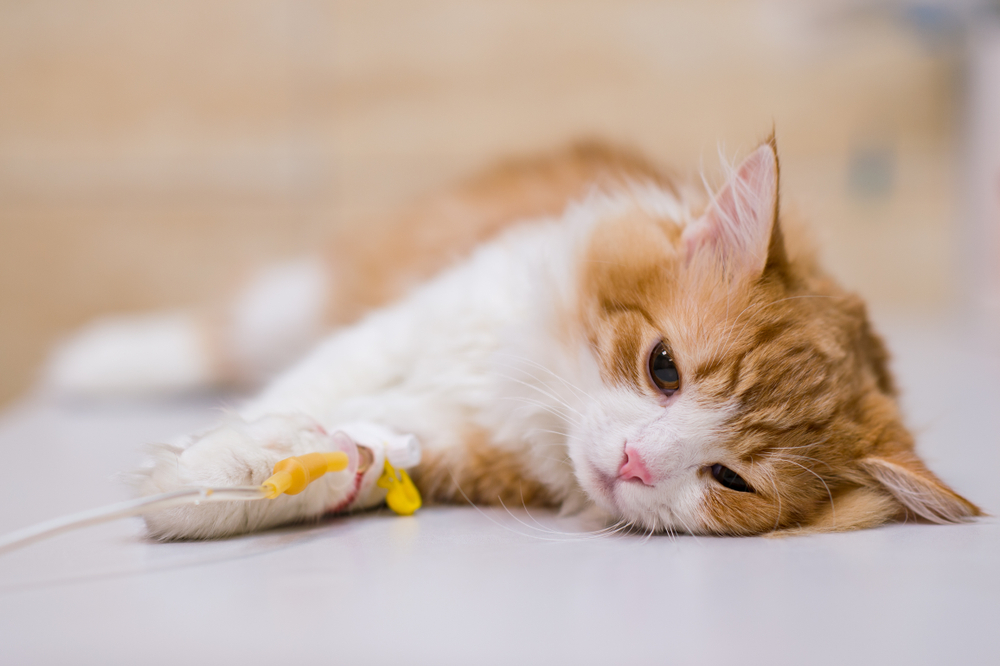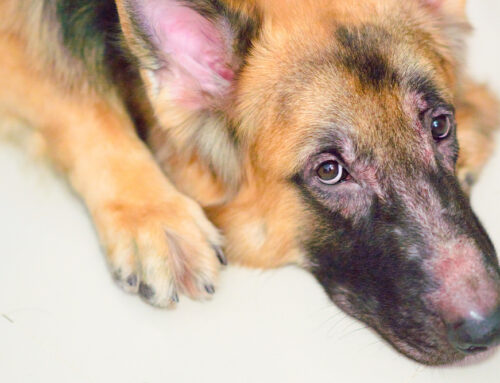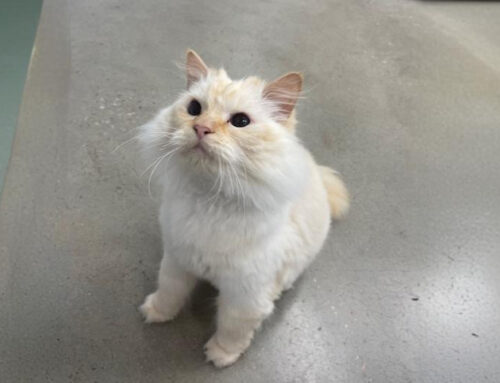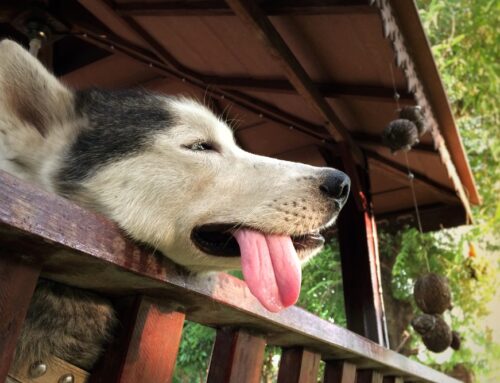Your pet is a much-loved family member, and you likely become a little nervous when they require anesthesia, whether for a simple procedure or a complex surgery. However, anesthesia is usually essential to keep your pet safe and pain-free, and allow for precision and efficiency from the veterinary team during a procedure. Our team at Stack Veterinary Hospital includes a board-certified surgeon and a diverse group of exceptionally talented and skilled veterinarians and supporting staff who are committed to providing your pet with the best care possible—they will be in our good hands. We want you to understand the anesthesia process to help you feel comfortable, so we explain the benefits, risks, and safety of anesthesia for pets.
Pet anesthesia basics
Anesthesia describes a controlled state of unconsciousness that is necessary during many pet surgeries and procedures to:
- Prevent pain
- Provide muscle relaxation
- Keep a pet from moving, for their safety and the veterinary team’s safety
- Keep the pet still to allow the veterinarian to perform the procedure precisely
Forms of pet anesthesia
Depending on the surgery, your pet may receive local or general anesthesia.
- Local anesthesia — Local anesthesia numbs a specific body region and is used for minimally painful procedures that do not require the pet to be unconscious (e.g., removing a small growth or stitching a cut).
- General anesthesia — General anesthesia is used for more invasive—and likely painful—surgeries or procedures, such as bone fracture repair or abdominal or other surgery that involves an incision. General anesthesia is administered before the surgery begins and ensures your pet is completely unconscious and feels no physical sensation or pain during their surgery.
Your pet may also be sedated before anesthesia to help them relax and to alleviate any anxiety they may have.

Pet anesthesia risks
Anesthesia for pets is generally extremely safe, and the benefits far outweigh the minimal risks. However, as with all procedures, complications can occur. The following factors can put pets at higher risk:
- Age — A pet’s organ function often decreases with age, which can increase their anesthetic sensitivity. Senior pets and young pets (i.e., younger than 2 months) who do not have fully mature cardiovascular systems, often require lower anesthesia drug doses.
- Size — Smaller pets are prone to low body temperatures (i.e., hypothermia) while under anesthesia and must be kept warm. Large- or giant-breed dogs and overweight pets may require larger drug doses, which can increase complication risk.
- Breed — The greyhound is the only breed with a documented breed-specific sensitivity to particular anesthetic drugs, but other breeds require specific anesthetic considerations, including brachycephalic (i.e., flat-faced) breeds, who often have breathing difficulties, collies, shepherds, and Dobermans.
- Pre-existing conditions — Pets with heart, liver, or kidney disease, and some cancer types can have an increased risk of anesthetic complications.
Pre-anesthesia screenings identify many of these conditions and allow the veterinary team to customize the pet’s anesthesia requirements.
Pet anesthesia safety measures
Your pet deserves the same anesthesia safety protocols that you would expect for any family member. We follow AAHA’s surgery safety standards, customized anesthesia protocols, and advanced monitoring technology to help ensure your pet’s anesthesia experience goes safely and smoothly. Our Stack Veterinary Hospital steps include:
- Comprehensive physical exam — Before an anesthetic procedure, we examine your pet from nose to tail to identify potential health risks that anesthesia could exacerbate.
- Blood testing— Depending on your pet’s age and health history, we may recommend blood work to ensure your pet is healthy enough to receive anesthetic and pain medication.
- Intravenous (IV) catheter — An IV catheter is placed to deliver medications and fluids, and to use for emergency treatment in the unlikely occurrence your pet experiences cardiovascular or respiratory distress.
- Intubation — Once anesthesia is induced, your pet’s airway will be secured with an endotracheal tube to ensure continuous oxygen and anesthetic gas delivery, and prevent accidental airway closure or collapse.
- Monitoring — A licensed veterinary technician closely monitors your pet’s vital signs, including their heart rate, blood oxygen levels, blood pressure, heart function, and temperature, during and after anesthesia. To keep your pet warm, we use heated tables and a warming system.
- Post-procedure recovery — After their surgery, your pet is monitored by their assigned veterinary technician in our intensive care unit (ICU). Your pet will be given pain medication as needed, and we will not send them home until they can eat, drink, and go to the bathroom on their own. Our veterinarian will discuss your pet’s post-operative requirements, which may include keeping them calm and quiet and restricting activity, a special diet, and medication. Your pet may be tired, groggy and constipated, but these lingering anesthesia effects should subside in 24 to 48 hours.
We are not only an advanced veterinary medical facility—we pride ourselves on creating a warm, collaborative environment for our patients and their owners. Our team takes time to provide education, answer questions, and understand what is most important to you. If you have questions about preparing your pet for anesthesia and surgery, don’t hesitate to contact our Stack Veterinary Hospital team for the information and reassurance you need.







Leave A Comment